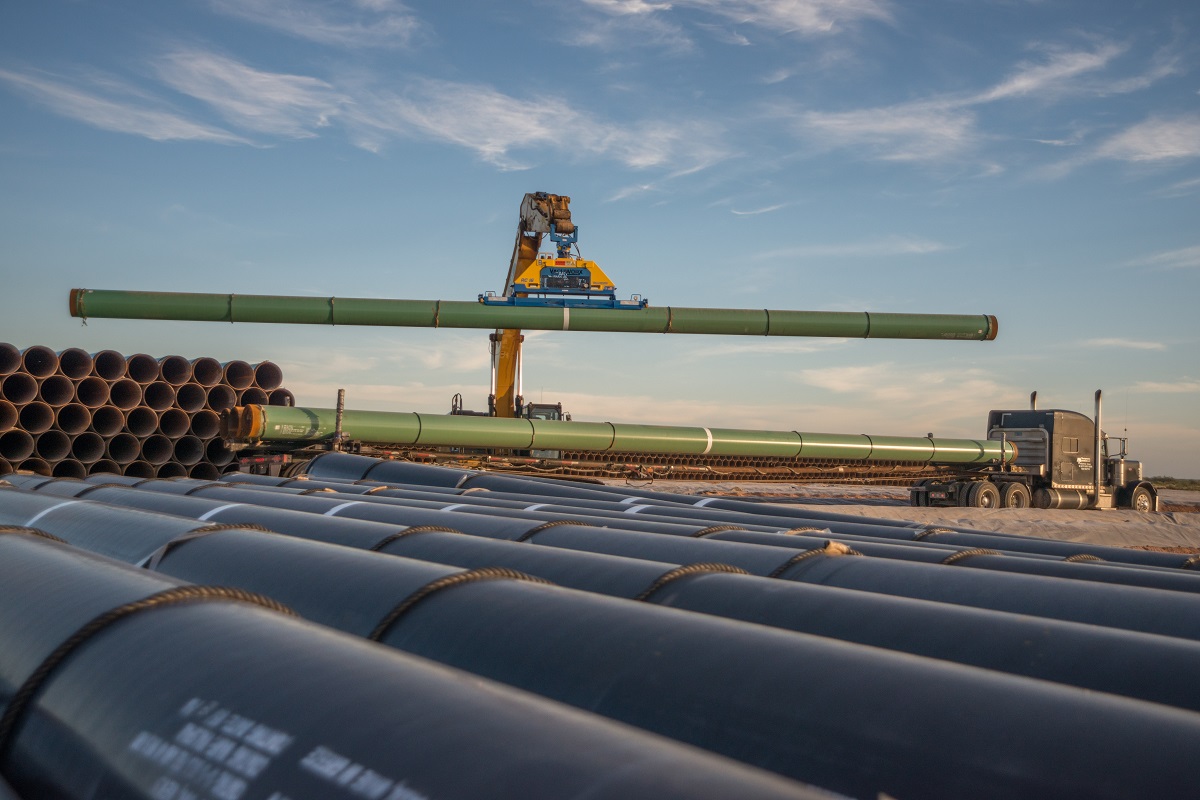Plains All American Pipeline Volumes Get Boost from Cactus II
NEW YORK (Reuters) — Plains All American Pipeline LP said on Tuesday crude volumes on its Permian basin systems rose during the fourth quarter, thanks in part to higher flows on the Cactus II pipeline, which went into service in August.
However, transportation segment earnings were down compared to the previous quarter, primarily due to lower long-haul movements on the Basin, Bridgetex and Red River Pipeline systems, Plains said during its earnings call.
Plains said the Wink-to-Webster Pipeline, a joint venture among affiliates of Exxon Mobil Corp, Plains All American, MPLX LP, and Delek US among others, is expected to be in service during the first half of 2021.
Enterprise Products Partners LP said last week it will own a 29% undivided joint interest in the Wink-to-Webster crude pipeline system and construction on the segment to Webster, Texas, is expected to be completed by the end of 2020.
The pipeline system is expected to transport more than 1 million barrels of crude oil and condensate per day from the Permian Basin in West Texas, the biggest U.S. oil basin, to the Texas Gulf Coast.
For 2020, Plains said it expects Permian production to grow, on average, about 400,000 barrels per day (bpd).
A shale boom has helped make the United States the world's biggest oil producer but growth is expected to slow as producers follow through on plans to slash spending on new drilling for a second consecutive year in 2020.
"Our discussions with producers led us to the Permian production growth that we talked about," a company executive said during the call.
"I think largely in the last month, 25 additional horizontal rigs have been added to the Permian, so our forecast is consistent to slightly higher than it was, but it's still moderated from expectations earlier in the year."
If prices fall to $40 a barrel, the production forecast would change, Plains said.
Oil prices have plummeted since the beginning of this year, with U.S. crude futures falling more than 20% to below $50 a barrel this week for the first time in a year.
Related News
Related News

- Keystone Oil Pipeline Resumes Operations After Temporary Shutdown
- Freeport LNG Plant Runs Near Zero Consumption for Fifth Day
- Biden Administration Buys Oil for Emergency Reserve Above Target Price
- Mexico Seizes Air Liquide's Hydrogen Plant at Pemex Refinery
- Enbridge to Invest $500 Million in Pipeline Assets, Including Expansion of 850-Mile Gray Oak Pipeline
- Venezuela Proposes Alternative Payment Plan as Weak Bids Surface in Citgo Auction
- Baker Hughes Wins Contract for Huge Aramco Gas Expansion Project
- Enbridge Picks Contractors for Great Lakes Tunnel Project, Securing Line 5 Pipeline Route
- Russia's Gazprom Sees Worst Loss in Decades as European Gas Sales Collapse





Comments